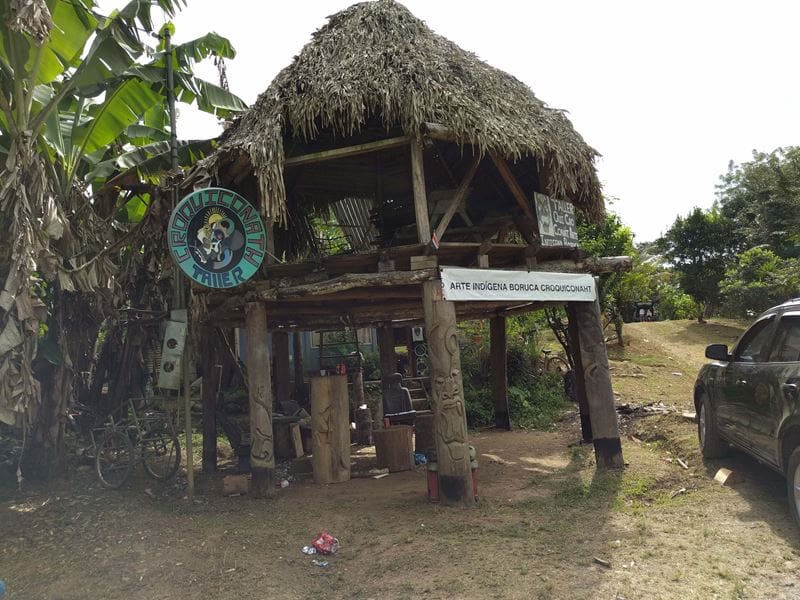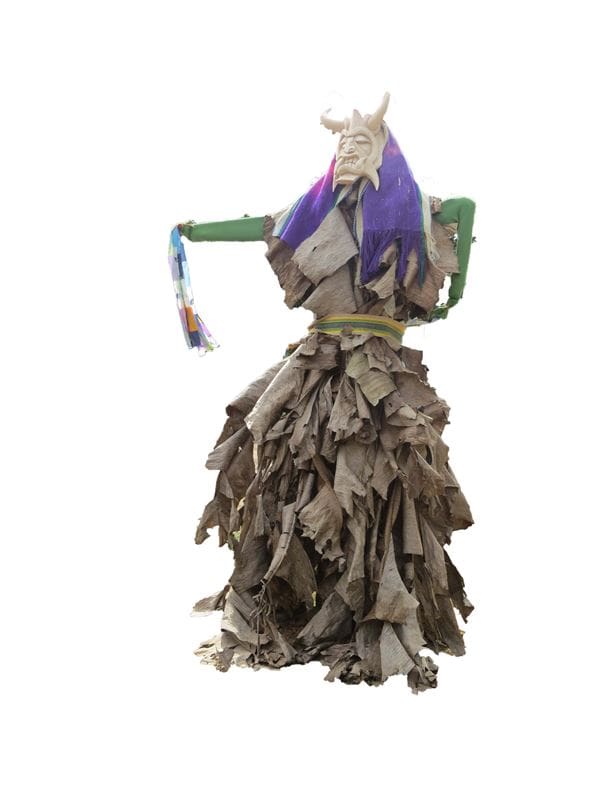
Off the Beaten Path – an Indigenous Experience in Boruca, Costa Rica
The Spanish conquest was effective in eradicating most indigenous practices in Costa Rica, and now indigenous groups are struggling to rescue and preserve remnants of their pre-Colombian culture. Costa Rica was not the center of any massive civilization, nor is there an overwhelming presence of indigenous culture in contemporary society, and so it is easy for visitors to overlook the groups that persist today. Still, nearly three per cent of Costa Rica’s population associates as one of the eight recognized indigenous groups that can be found in one of the 24 different indigenous territories that currently exist in Costa Rica.
For the Borucas of the south Pacific, nestled in the coastal mountains about an hour off the Interamerican Highway, efforts in cultural preservation have endured for decades. Fortunately, the fruits of their labor are beginning to manifest. Borucan arts, language, and tradition have become dominant elements throughout their indigenous village. From the three-day New Year celebration to an off-season view of daily life, a trip to Boruca can satisfy the needs of those visitors looking for history, art and culture. Of course, to draw as much as possible out of a Borucan visit, it helps to know some things in advance.
Borucans have welcomed visitors for years and are accustomed to seeing tourists in their territory. In an unplanned day trip to the reserve, visitors will wander the heart of town, not usually straying too far from the center. They will probably stop in the Quï Cro Conáht workshop to see artists carving and shop at a few houses with brightly-painted signs indicating masks and other hand-made items for sale. Undoubtedly, visitors will enter the village museum for a brief history lesson (presented in English) and take a quick photo standing in front of the authentic pre-Colombian sphere situated out front. A visitor may even feel brave enough to follow the sign about a kilometer out of the center to see the local waterfalls before packing up and leaving the village.
Most tourists to Boruca come at the end of the year for their annual celebration of culture, and the sleepy town offers an entirely different energy. The Little Devil’s Game (Diablitos), is a three-day dramatic reenactment of the Spanish conquest that runs from December 31 to January 2. Visitors to this event will follow the masked Borucan warriors as they battle the Spanish bull across town. Food vendors fill the center, bars are open all day long and the evenings echo with dance music vibrating off the metal roofs. Though only one Borucan tour group currently offers trips to this festival, it is possible to visit on your own if you speak enough Spanish. Either way, the excitement of the Borucan fiestas is a New Year’s celebration that everyone should experience.
If you don’t speak Spanish very well, a translator will greatly enhance your trip to Boruca. The museum information is translated, but not much English is spoken in Boruca. A few people in the village who study English or work with tourists offer translated tours, usually starting at about $20 per person. Even if you speak Spanish, a tour guide can take you to more interesting sites than you may be able to find or be welcome to see on your own. They can also help facilitate meals and lodging if you want to extend your stay. Considering a Borucan tour guide can give you a more complete view of the village and also economically support the community members.
With a little planning in advance, there are other exciting activities to coordinate during a visit to Boruca as well! Even if you are unable to make it for New Year’s, you can book a private presentation of The Little Devil’s Game and see this spectacle at any time of the year. You can also schedule a viewing of the Non Cuanxa, a drama group that depicts the important pre-Colombian Borucan symbols. You can participate in a mask-painting workshop and try your own hand at traditional Borucan art. Or visit the home of a weaver or mask-maker to see how they create their work; buy directly from the artist and feel confident knowing exactly what your purchase is supporting.
There is so much art and culture available to see in the Borucan village, as long as you know where to find it. Plan ahead for a unique experience you will never forget!

